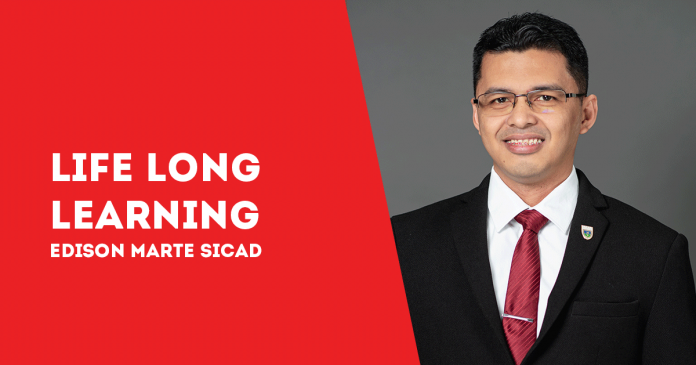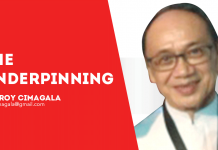
BY EDISON MARTE SICAD
FOR THE past couple of weeks, I adjudicated some debate matches. The participants or the debating teams came from the municipality schools of the Province of Iloilo.
This article focuses on the insights I gained from the performances of the high school debaters.
The Format
The debaters followed the Oxford-Oregon format. This type of debate gives the debating teams ample time to prepare (more or less one week) before the match. One feature of this format is the Interpellation. The Interpellation is the time (3 to 5 minutes) when a debater has the task of defending his or her stand and the opportunity of destroying the opponent’s arguments through a series of questions.
Each side (Affirmative side and Negative side) has three speakers. Each speaker has a distinct role or obligation in delivering his or her constructive speech. The speech of the First, Second, and Third speaker must dwell on the Necessity, Benefits, and Practicability of the proposition, respectively.
For purposes of expounding such concepts, I will use as examples what had transpired in the matches I adjudicated. To clarify, this is not a criticism against the debating teams (though debaters are expected to be proactive about feedback). This is about how debaters fulfill their role and how debating teams prepare their core argument.
Example One: Definition of terms
The Affirmative side has the privilege or opportunity to define the terms of the proposition. In one debate match, the proposition given to both teams was about amending the 1987 Constitution. In short, Charter Change. Clearly, the Affirmative side wants to change (amend or revise) the Constitution.
The First speaker of the Affirmative side proposed to amend the amendatory provision of the 1987 Philippine Constitution, specifically Section 1, subsection 1 of Article XVII, to wit:
AMENDMENTS OR REVISIONS
Section 1. Any amendment to, or revision of, this Constitution may be proposed by:
(1) The Congress, upon a vote of three-fourths of all its Members;
The First speaker explained that subsection 1 is not clear as to when will the three-fourths votes be done jointly or separately. In other words, the Affirmative side wanted the said subsection to be clear as to when the Senate or the House of Representatives shall vote as one body or in what instances, in amending or revising the Constitution, shall the Senators or the members of the House of Representatives vote separately to get the required three-fourths votes.
The Affirmative side alleges that since it is not clear, there is confusion happening. Hence, the necessity to amend.
What the Affirmative side forgot to define are the words “not clear” and “confusion”. In academic debate, it is not enough to just assert a claim. The Affirmative side must convince the judges that there is something inherently wrong in the status quo that, if not acted upon, will have the probability of causing harm or putting some sectors of society at a disadvantage.
The harm must not only be correlational; it has to be causal.
The role of defining the terms does not mean that the debating team shall only define what is in the proposition. They must also prove that the additional terms or words that are integral to the proposal must be valid, compelling, and clear.
Who says that there is confusion?
If there is confusion, did such confusion lead to harm or problems in our society?
If indeed there was harm, is the proposal of amending subsection 1 the ONLY way or the BEST method of clarifying the confusion and thus prevent the harm?
Remember the following:
1. He who alleges has the burden of proving it.
2. An argument is weak regardless of whether the opposing side pointed it out or not.
3. Just because it can be done doesn’t mean it has to be done.
In an academic debate, the Affirmative side must present a Prima Facie case: a convincing argument with compelling evidence that necessitates a change of the status quo.
The question is, if the Negative side did not clash with the Affirmative side, who will win in the debate competition? In other words, can the Negative side win the match if the Negative speakers did not even mention and oppose the subsection 1 argument? (To be continued)/PN




